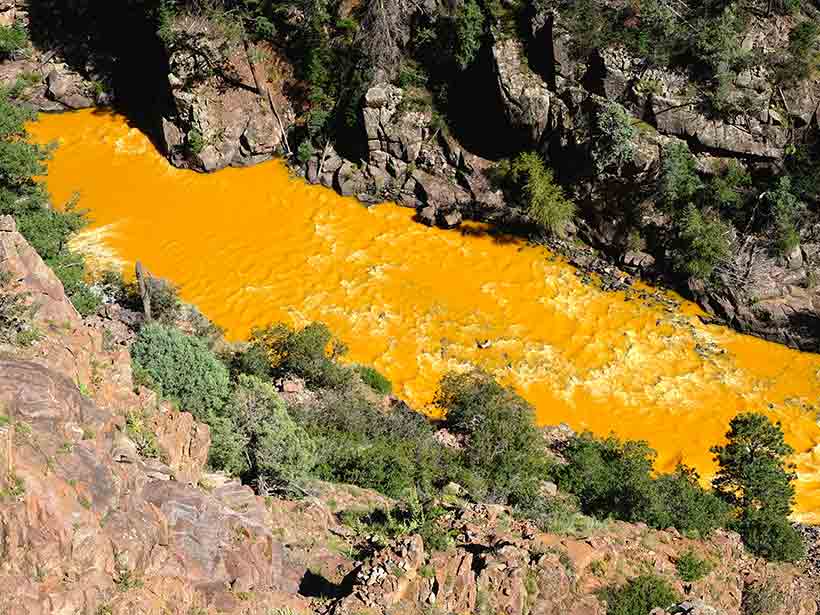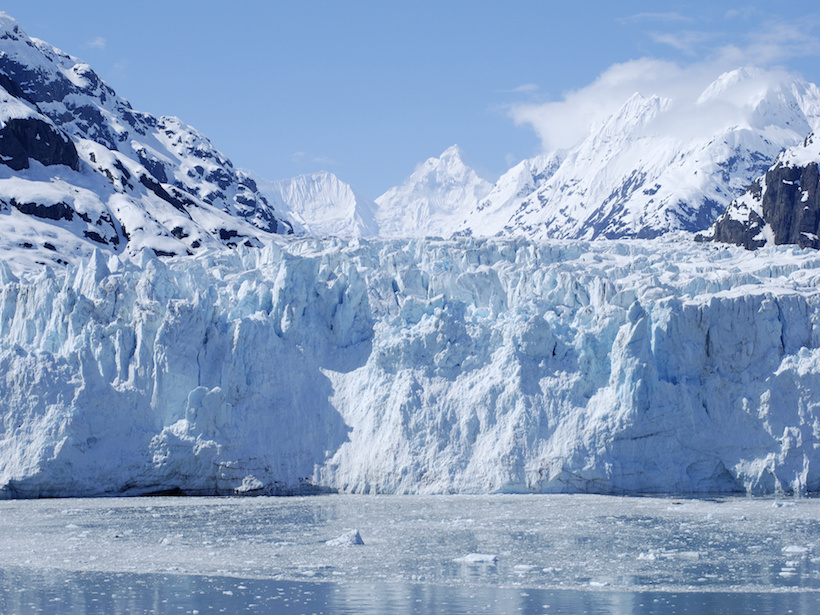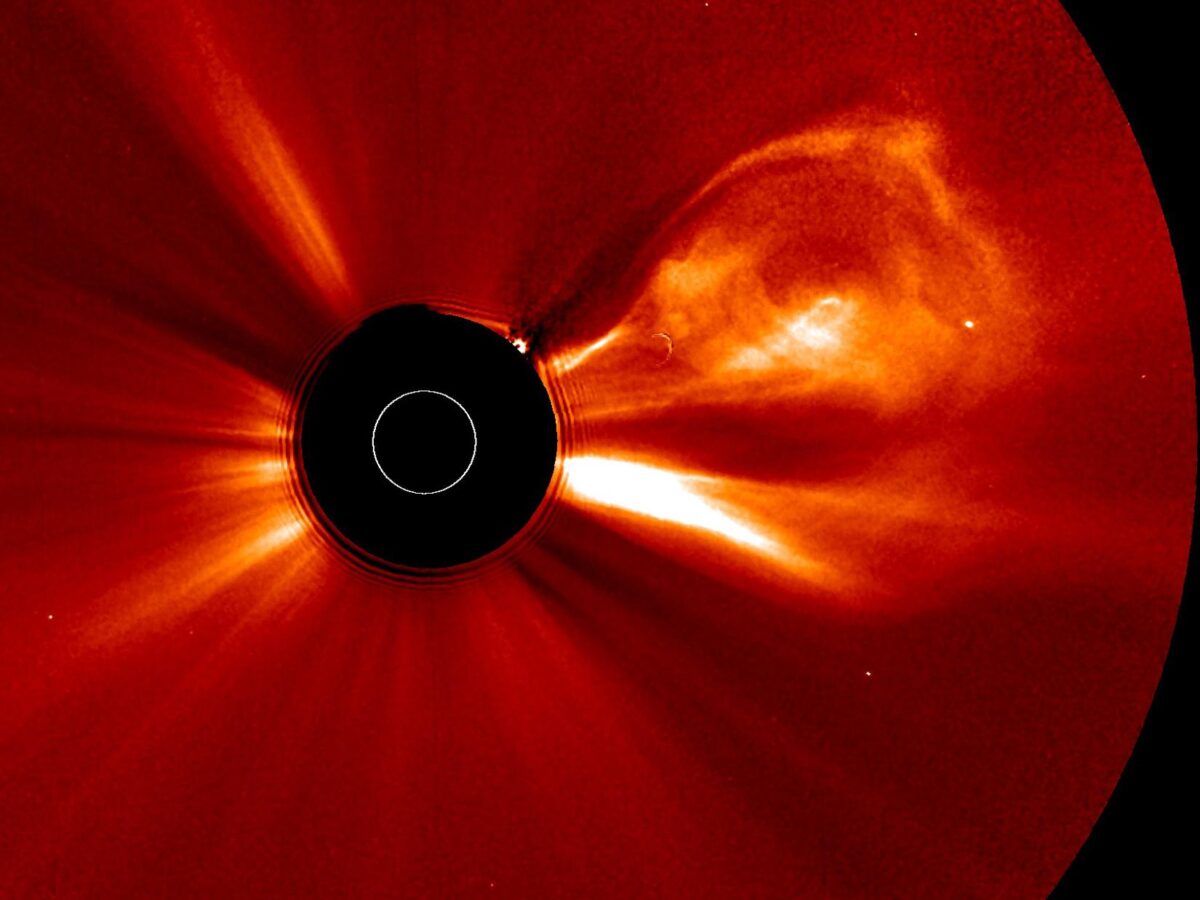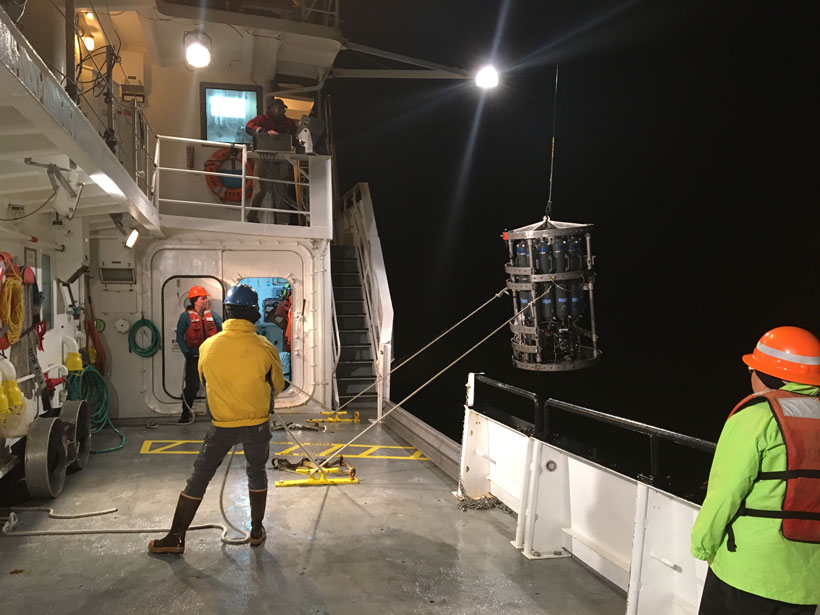What makes thunderstorms clump, even to the point of singularity, over uniform oceans? Three recent papers in JAMES address this question, and a new Commentary ties them together.
Editors’ Vox
Connecting Thunderstorms and Climate Through Ozone
New data links thunderstorms to climate via their impacts on aerosols, ozone, and water vapor in the stratosphere.
Polarity Reversals in the Earth’s Magnetic Field
Studies of geomagnetic polarity reversals have generated some of the biggest and most interesting debates in the paleomagnetic and wider solid Earth geophysics communities over the last 25 years.
Blowin’ in the Wind: Observing Stratospheric Aerosols
New observations and understanding of stratospheric particles are crucial for evaluating their role in climate change.
Sustaining Existence: A Geoethical Dilemma
Would communicating science be more effective if geoethics were included in the discussion?
Insights on Climate Systems from Interglacials
Interglacials provide insights into the impacts of warmer than present conditions in certain regions of Earth.
Tidal River Dynamics
Tidal rivers are a vital and little studied nexus between physical oceanography and hydrology.
Toward an Understanding of Earth-Affecting Solar Eruptions
Coronal mass ejection forecasting improves with technological developments and increasing availability of data.
Frontiers in Geosystems: Solving the Puzzles
Putting some publishing action into deep Earth-surface interactions
What Are Scientists Doing off the Oregon Coast in Winter?
Social media and the value of communicating field experiences to the public










